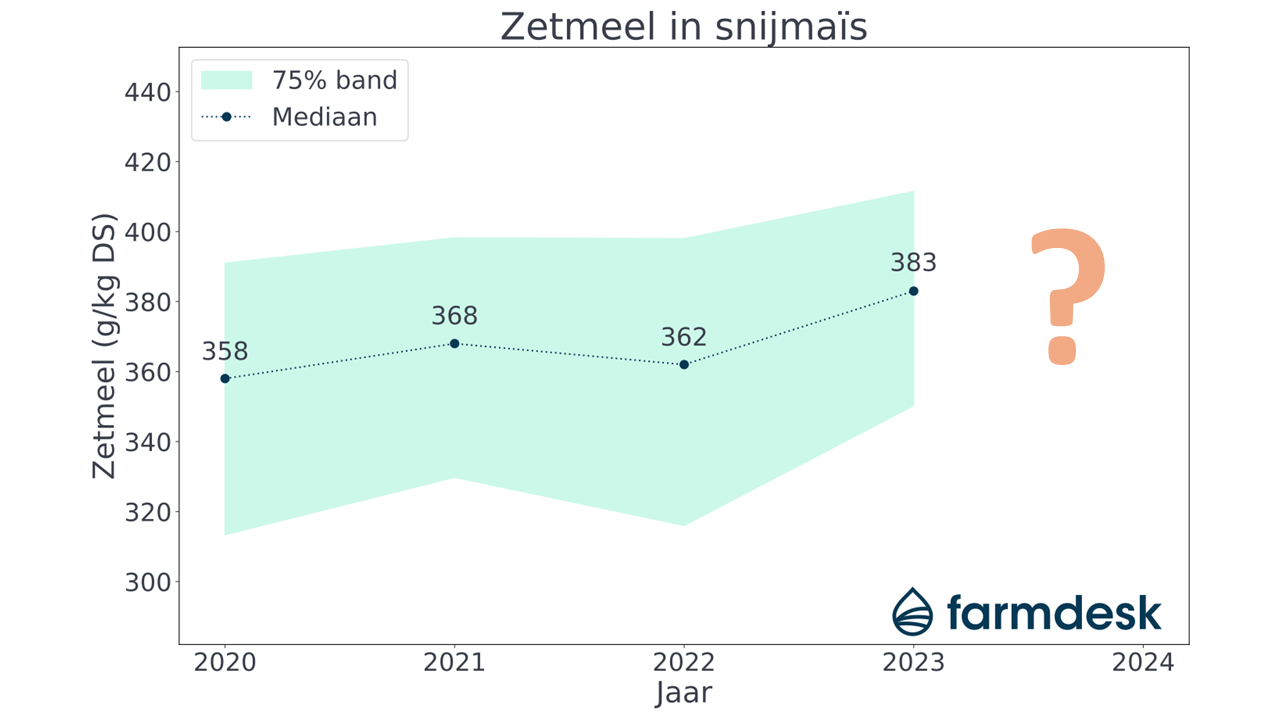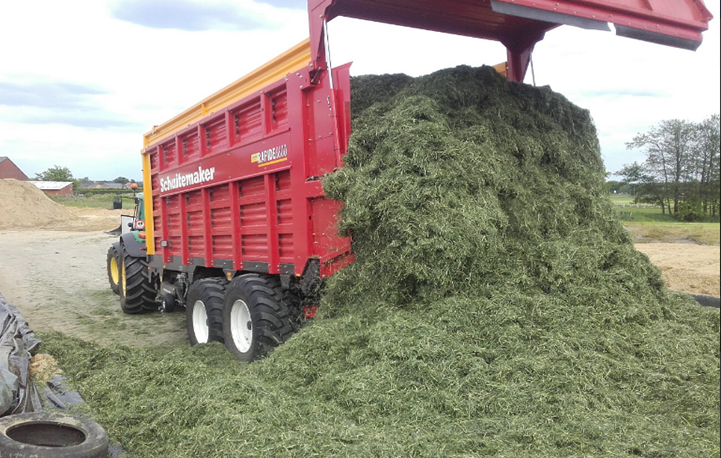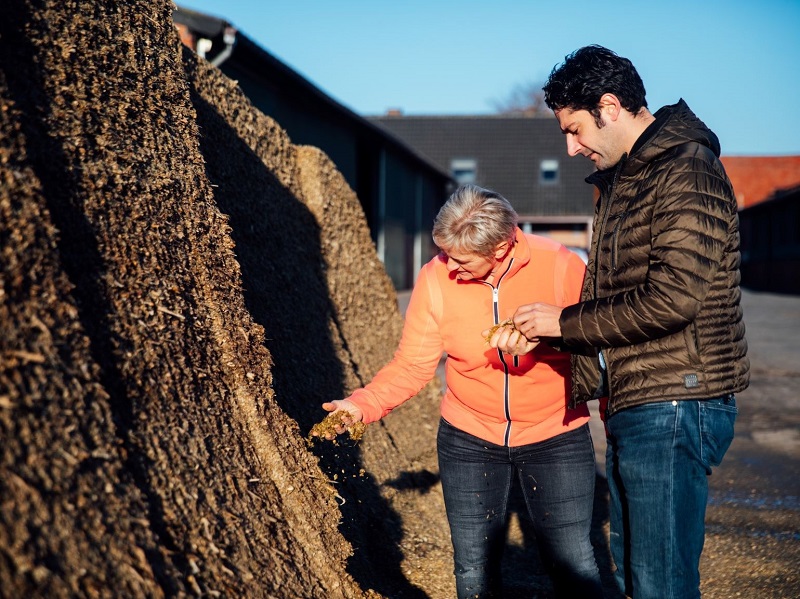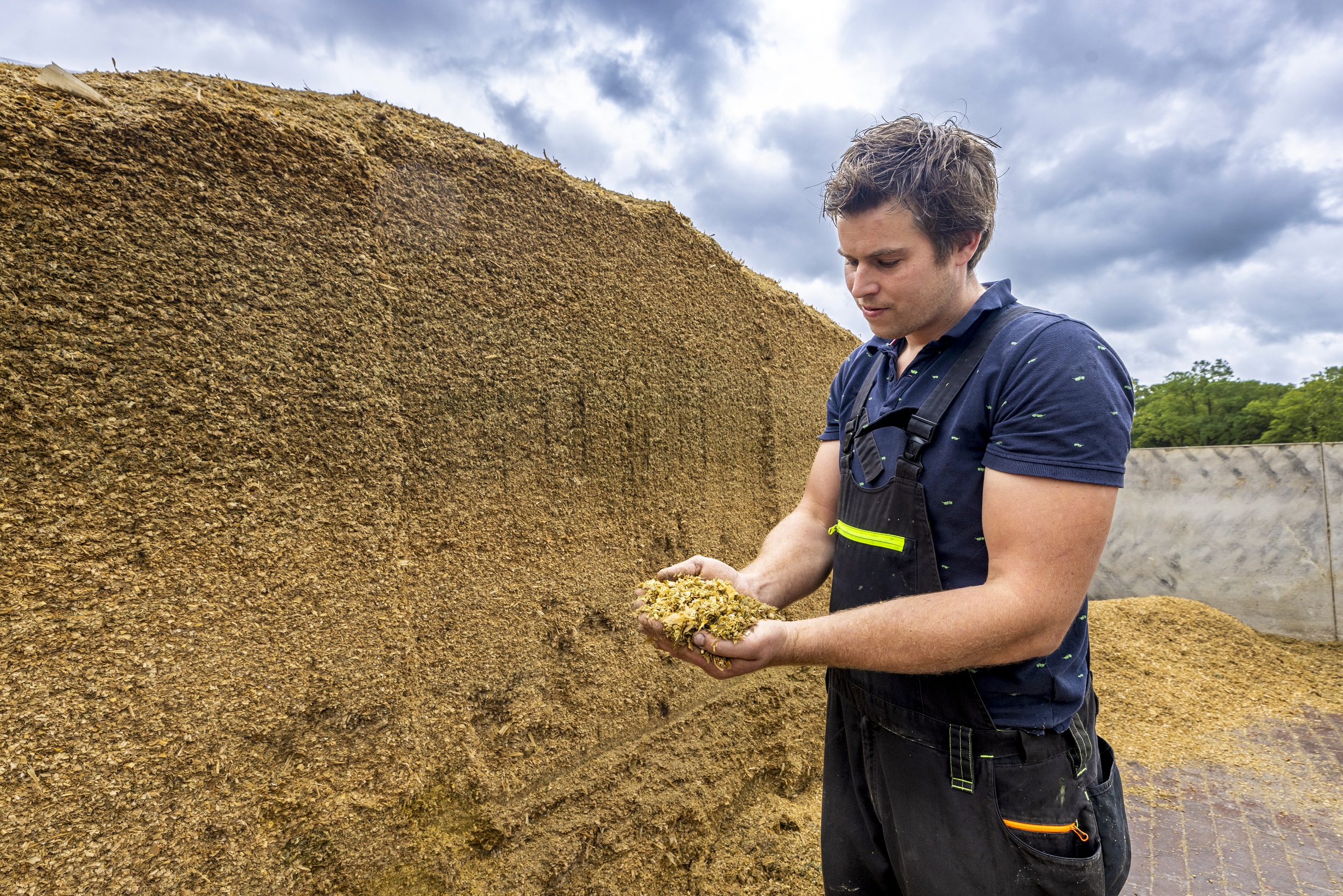The 2022 cut corn feeding season has been going on for quite some time and also quite special with the drought we are seeing reflected in the corn silage.
For corn cultivation, the spring of 2022 was rather favorable initially, in the sense that soils were easily prepared for corn sowing. There was adequate soil moisture and passability was quite smooth for most plots.
However, the summer drought of 2022 made things very difficult for some plots. Total desiccation occurred in some plots, and some plots that received too little moisture just at or after flowering have starch tightness and difficult plant digestibility.
The harvest in 2022 was earlier than other years, yet harvests were still often late for good forage values. More details on 2022 corn quality in our previous article.
Flint vs. Dent
Historically, many farmers in the low countries have gravitated heavily toward flint varieties or mixed flint x dent hybrids based on the idea that these are better adapted the rather short growing season and cool climate in the low countries, combined with an early harvest.
By themselves, these varieties filled this smoothly in moderate weather conditions, but leave some extra yield capacity of the pure dent varieties.
With the possibility of early seeding, it might be opportune to reach for these pure dent varieties anyway. They are drier resistant and yield more dry matter, both in a grain corn outcrop and when harvesting the entire crop as cut corn. They keep their crop fresh toward the end of the growing period and, if possible, provide a nicely digestible silage corn.
Pure dent varieties provide relatively more rapidly digestible starch that digests readily in the rumen. This gives less cause for high insulin levels in cattle and fattening in the second half of lactation.
Photo below: left is flint x dent, right is 100% dent (source: KWS).
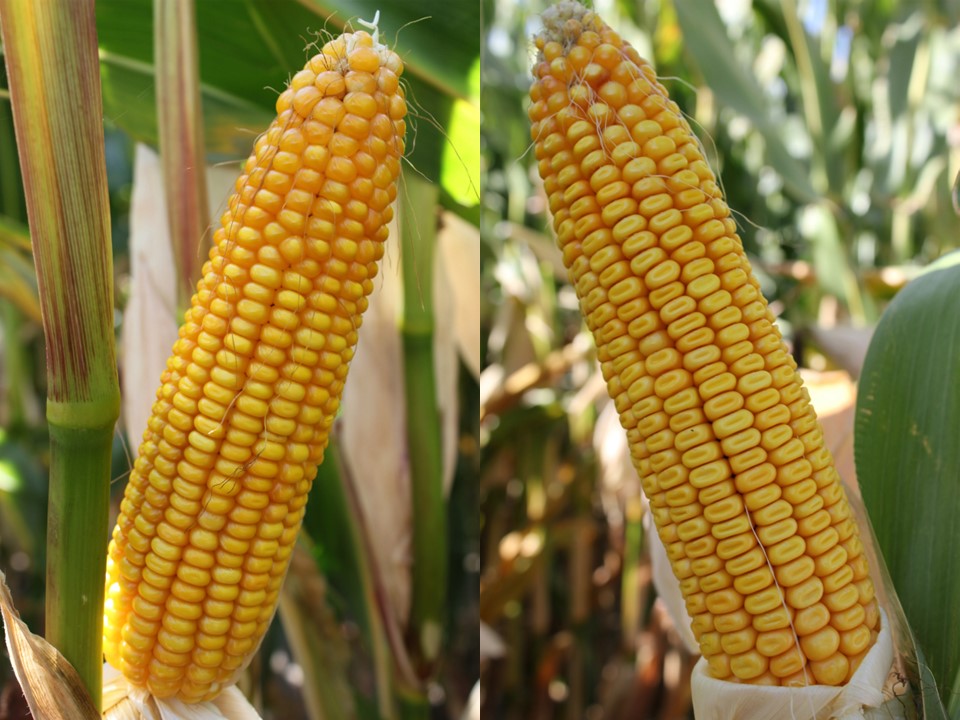
Incorporation into rations
Among our Farmdesk customers, we sometimes notice problems with the digestion of cut corn if it has to be fed soon after harvest because of supply shortages. The easy digestibility of the mealy starch in the pure dent varieties will give less rise to corn pellets in the large intestine and manure than when we feed cut corn from flint x dent varieties with the same dry matter content.
On grass-rich dairy farms in the north of the Netherlands where there is relatively little cut corn in the grass-rich ration, it may in turn be desirable to aim for something tracer digestible starch and continue to work with flint or flint x dent varieties. Especially on rather heavier and colder soils, which are relatively late in spring and do hold their moisture well in summer.
"Should the early seeding opportunity like in crop year 2022 and the observed drought be the harbinger of a trend (in the context of climate change), it may make us think to take into account the genetic backgrounds of the maize varieties in future maize seed selection and thus perhaps for certain plots choose pure dent varieties after all. Especially on relatively high hot soils with an increased risk of summer desiccation and if feeding is required early after harvest."
Wim Govaerts


